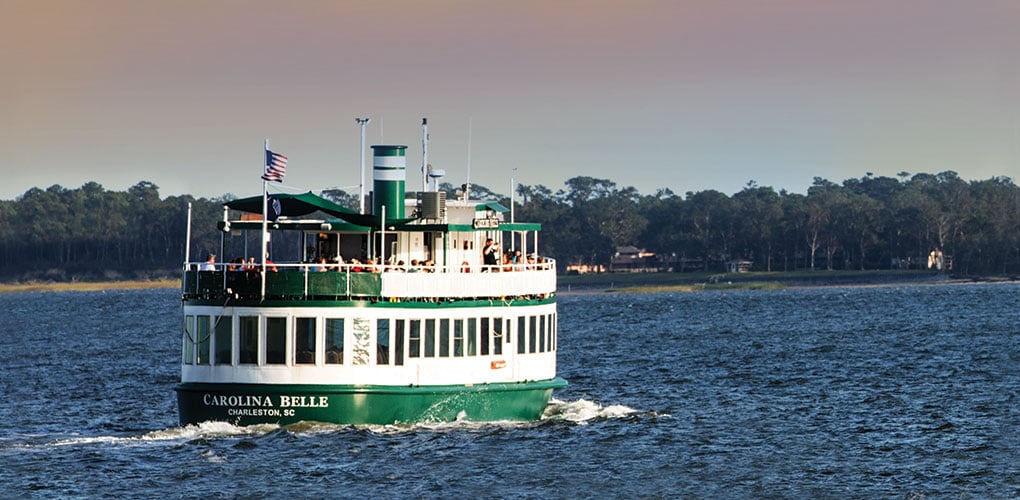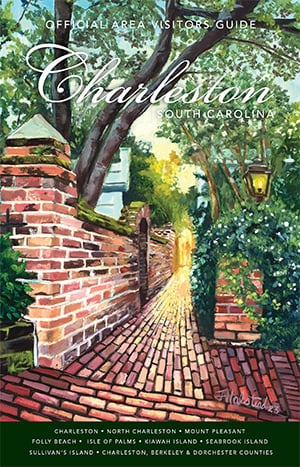A visit to Drayton Hall is a must for history buffs when exploring Charleston! Widely considered the finest example of Georgian Palladian architecture in North America, Drayton Hall is certainly one of the Lowcountry’s greatest architectural treasures. Begin your visit at the brand new visitor center, complete with image galleries and a movie, then take a tour of the house museum, which stands as an example of meticulous preservation and has neither running water nor electricity. Before you go, scroll on to learn 13 amazing facts you didn’t know about Drayton Hall!
1. Drayton Hall was owned by 7 generations of the Drayton family before becoming a historic site.
2. It took more than 360,000 hand-made bricks to construct Drayton Hall.
3. Drayton Hall was not a working plantation, but served as the commercial center of John Drayton’s plantation empire, which totaled 76,000 acres.
4. Some descendants of the enslaved community lived on the property until 1960.
5. John Drayton used architectural pattern books to design Drayton Hall.
6. A watercolor of Drayton Hall dated 1765 was mailed anonymously to the site in 2008. Until that point, the earliest confirmed image of the property dated to 1845.
7. Drayton Hall is an active archaeological site. Only 2% of the property has been excavated, yielding more than 1 million artifacts.
8. Charles Drayton (1743 – 1820) kept a diary recording daily operations of Drayton Hall, which can be found digitally on the Lowcountry Digital Library.
9. The Drayton Hall desk and bookcase is thought to be the finest piece of furniture surviving from the American colonies.
10. Drayton Hall was constructed by both enslaved and white craftsmen.
11. Drayton Hall has a preservation department dedicated to researching the historic architecture, landscapes, archaeology and decorative arts associated with the site.
12. The Drayton’s wealth was built upon raising cattle, producing indigo and growing rice, all of which were dependent on slave labor.
13. Money made from phosphate mining on the property after the Civil War helped saved Drayton Hall.
Longing to learn more Lowcountry history? Discover 14 of Charleston’s firsts & oldest.









